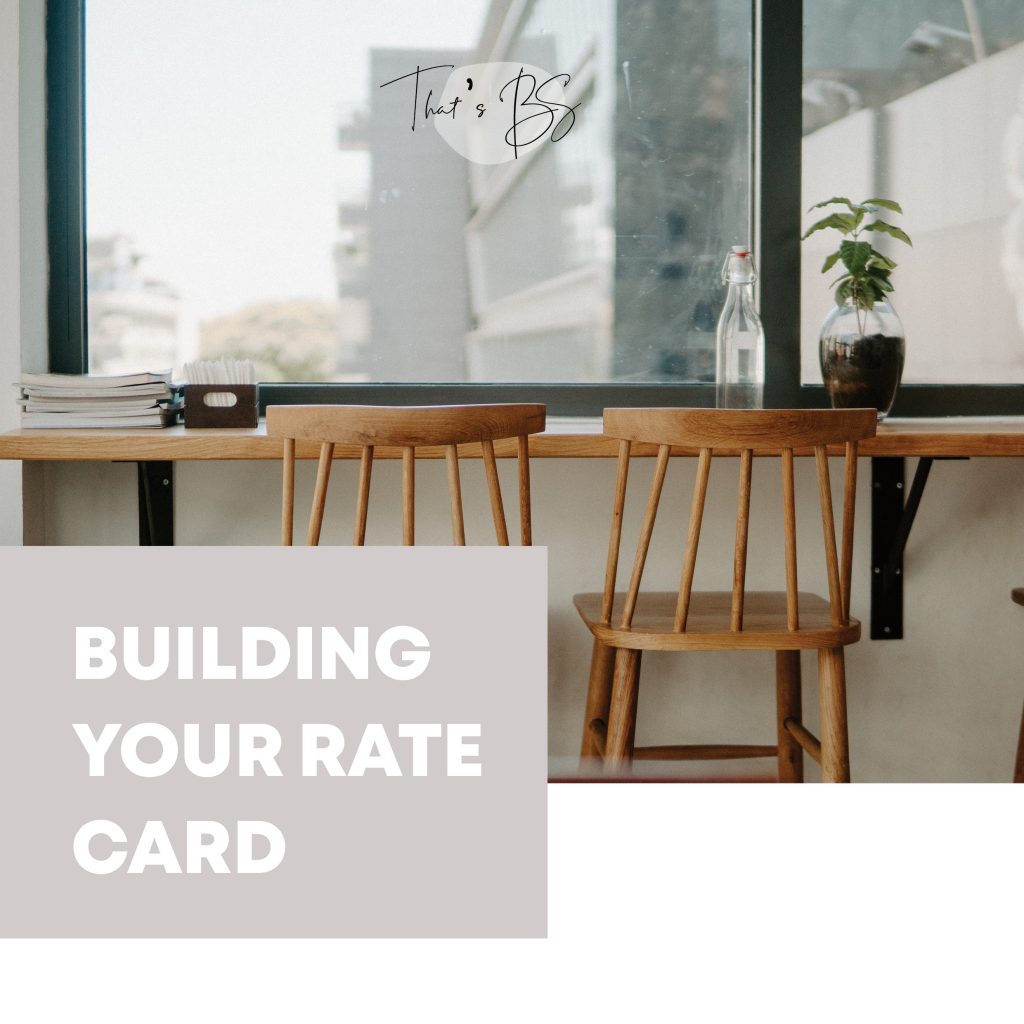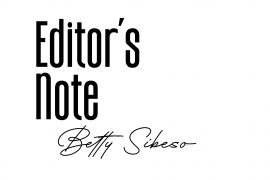Creating branded content involves time, labour, skill, and production costs. And those things aren’t paid for with products and freebies.
When starting out, sure, being paid with product is somewhat okay. But there’s only so much free product you can accept for your work.
Creating branded content doesn’t just involve putting up a picture. It requires you to conceptualise, plan and produce brand worthy content.
The above statement is important for both creators and brand owners to take note of.
Brand owners should know how much it takes to create content and content creators need to put in the work to claim the payments they deserve.
What is a rate card?
A Rate Card is a simple document that is used when selling products or services. It typically includes details about the rate for each product or service you are offering the brand, and even potential packages or bundles.
It’s important to understand that your media kit and rate sheet are typically presented at different times. A media kit is something you would send to a brand first when introducing yourself and pitching the partnership and the rate card is something you would send after the brand partner has shown interest in working with you. (www.sidewalkerdaily.com)
So basically a media kit is WHY the brand should work with you and a rate card is HOW MUCH it will cost to work with you.
What to include?
Every blogger/influencer should have a basic rate card that includes your standard costs for a blog post or Instagram post. But it’s also important to tailor your rate card when working with each client.
This is because different clients may require different forms of marketing. A campaign would require more effort than a once off post, which means more/differently costed.
Think of a rate card as a quote for each brand. It should include:
- Your contact details
- Your services (Content production, video, photo posts, email marketing etc)
- Costs per service
Make sure to separate each platform and services within each platform to make all of the options that are available super clear to the brand. For example, an Instagram permanent post may cost more than an Instagram Story which may have a different value than a blog post. So break up the available opportunities by platform and dive deeper within each platform to create various options.
Pricing?
This part is the trickiest, we all know. Especially in our country.
If you do some research on how the first world is charging, we are talking numbers. It may be because they are working with BIG companies with large budgets. They have formulas but they also have huge followings.
If you’re an influencer in Namibia, you may have to determine your rate card a little differently.
You will need to adjust your pricing depending on the partnership and what they are asking of you. For example, a simple Stories campaign mentioning the brand should not cost the same as a 4 series Instagram post campaign. Working with a start up will obviously mean a different rate card than working with a bigger company/brand.
I’ve done some research and have found the most suitable formula for you. (If this doesn’t work for you, you can do your own research and share with the rest of us, please.)
Distribution Fee + Production Fee = What You Should Charge
Your distribution fee is how much it costs to be featured on your social channels or blog. Taking into account your number of followers, your engagement rate, likes, shares and quality of your content.
Take your follower count and divide it by highest ranking (engagement) post and multiply by 100. Visit your insights on Instagram, go to content, click on “see all” – the first post is the one you use. (Use the number on the post)
E.g.
6115 (followers) / 570 (Highest engaged post) x 100 = N$ 1072
Your production fee is how much it actually costs you to create the content. This number includes all costs associated with the campaign and your hourly rate.
Did you pay a photographer? Did you have to buy new clothes to shoot? Make Up? Basically how much you spent on getting that shot or creating that video.
Next, you’ll need to factor in your hourly rate. Whether you’re writing a blog post, self-producing a photo/video shoot, or working on set, these things take time and time is money.
If you’re just beginning, you might start at N$250/hour and increase your hourly rate as you gain experience and have more campaigns under your belt.
So calculate how many hours you spent creating the content and multiply it by N$250 and you will have your numbers.
With this your can determine your basic rate and tailor it according to the brand you will be working with.
Be prepared to negotiate. Make sure that whatever you decide on aligns with your brand and what you want to achieve with it.
This is merely a formula I came up with that you can use to determine your pricing. Make sure you can back up your rates with your statistics. Include all this information on your rate card and media kit respectively and you are good to go.
While Influencer Marketing is a billion dollar industry in the world – Namibia still needs to catch up.
Brands must want to work with and pay Namibian Influencers. Namibian Influencers need to make sure they know their numbers, their worth and most importantly create quality content.
I hope this was helpful, let me know if you have any questions. Let’s find solutions together. 🙂
Till next Monday




